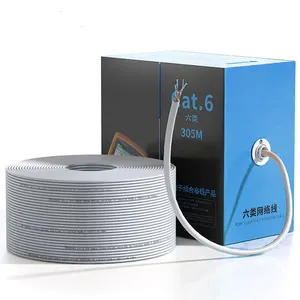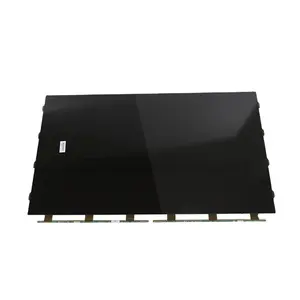Popular in your industry








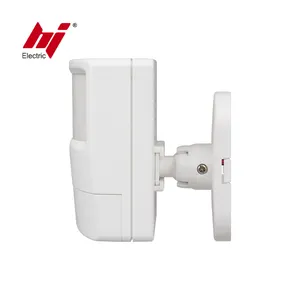


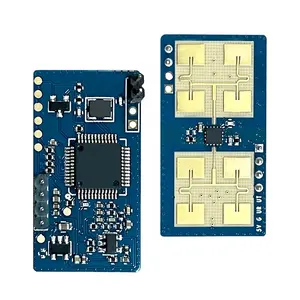




















































Related Searches:































































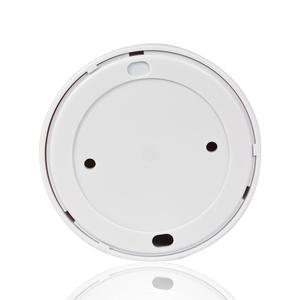








































































Top categories
About small infrared motion sensor
Introduction to Small Infrared Motion Sensors
In the realm of automated monitoring and security, small infrared motion sensors stand as a pivotal category. These compact devices are engineered to detect movements within a specified range by utilizing infrared technology. As a fundamental component in various systems, they serve a multitude of applications from home automation to energy-efficient lighting solutions.
Types and Variations
The diversity of small infrared motion sensors is evident in their multiple types, each tailored for specific environments and functions. Some are designed to be embedded in devices, while others are standalone units. The variations include passive infrared sensors, which react to body heat, and active sensors, which emit an infrared signal and detect its reflection.
Applications and Uses
The application of small infrared motion sensors is extensive and varied. They are integral in creating responsive environments, such as automatically illuminating walkways when someone approaches, or in security systems where they act as a trigger for alarms or cameras. Their use extends to commercial settings for energy management, automating systems to operate only when presence is detected, thereby conserving energy.
Features and Specifications
When considering small infrared motion sensors, it is crucial to understand their features and specifications. These sensors are characterized by their sensitivity, detection range, and angle of coverage. They are also evaluated based on their response time and the ability to differentiate between animate and inanimate objects, which is essential to reduce false alarms.
Materials and Construction
The construction of small infrared motion sensors involves materials that are sensitive to infrared radiation. Typically, a combination of plastics and metals are used to house the sensor elements, ensuring durability while maintaining sensitivity. The choice of materials also reflects the intended use, whether for indoor or outdoor applications, with outdoor sensors boasting weather-resistant properties.
Advantages of Infrared Motion Sensors
Opting for small infrared motion sensors comes with a host of advantages. Their small size allows for discreet installation, and their infrared technology offers reliable performance under varied lighting conditions. Furthermore, these sensors contribute to energy savings and enhanced security, making them a valuable addition to any automated system.

